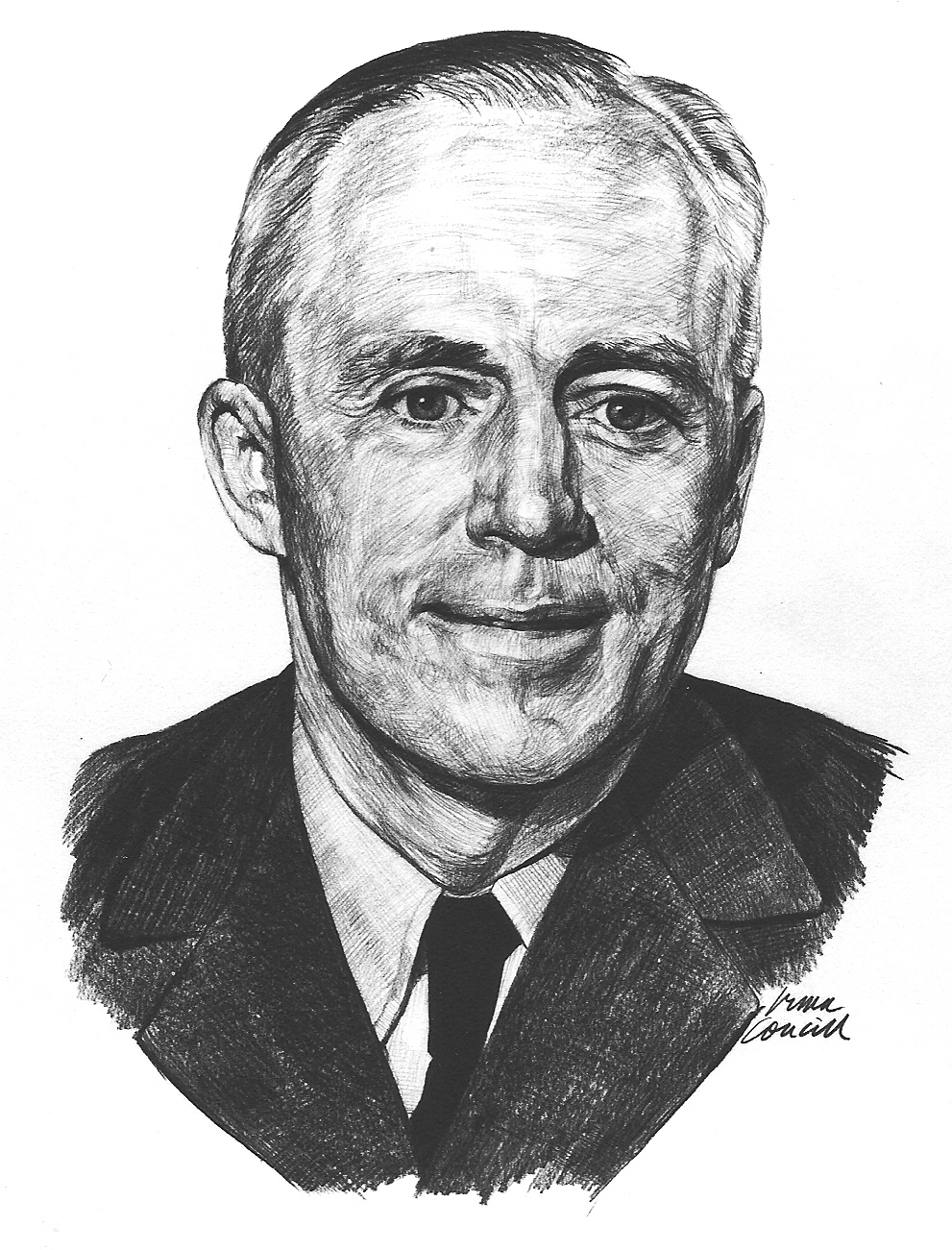Elmer Garfield Fullerton

Birth Date: October 29, 1891
Birthplace: Pictou, Nova Scotia
Death Date: March 6, 1968
Year Inducted: 1974
Awards: AFC; CD; The McKee Trophy
The application of his exceptional abilities as a pilot and instructor, and his unswerving demand for perfection in flight during a distinguished and dedicated career, have been of outstanding benefit to Canadian aviation
Flight Instructor and Pilot
Elmer Garfield Fullerton, A.F.C., C.D., was born in Pictou, Nova Scotia, on October 29, 1891, was educated there before attending Royal Military College at Kingston, Ontario. He enlisted in the Royal Canadian Signal Corps in 1915 and spent a year in France before transferring to the Royal Navy Air Service (RNAS) where he learned to fly. Until the end of the war he served as a flying instructor and a fighter pilot, then attended Royal Naval College. On his return to Canada, he became an instructor with the Canadian Air Force (CAF) at Camp Borden, Ontario. While there, he qualified for his Commercial Pilot's Certificate and Air Engineer's Licence.
Flying with Imperial Oil
In 1920 Imperial Oil geologists discovered oil at Fort Norman, near the Mackenzie River in the Northwest Territories. At that time it took weeks or months to reach this far north by railway, then by steamboat or dogsled. The company decided to try the new concept of air transport and purchased two Junkers aircraft. In 1921 Fullerton left the service to join Imperial Oil Limited as a pilot. Almost immediately, the company assigned him to pilot aircraft G-CADP, known as 'Vic', with George Gorman flying G-CADQ, or 'Rene', on a pioneer flight into the Mackenzie River district. They became the first airmen to penetrate that area of Canada. Unfortunately, Gorman suffered two mishaps on attempted take-offs in deep snow, using first one plane and then the other, at Fort Simpson. Skis were damaged during these attempts, but much worse, the propellers of both aircraft were broken beyond repair, stranding the expedition for a possible five months until the Mackenzie River became navigable.
New Propellers
Air engineer William Hill, with the assistance of Walter Johnson, the Hudson's Bay Company carpenter at Fort Simpson, decided to make a propeller for 'Vic'. They found several oak sleigh boards which they laminated with glue made from boiled dried moose hides. After the glue was dry, the wood was carefully carved and sanded to the exact shape that was needed. The process took eight days, and became an internationally publicized engineering feat. Fullerton tested the propeller with the plane on the ground and then made a successful six hour, nonstop flight to the company's southern base at Peace River, Alberta.
A Skillful Instructor
Fullerton flew in the Northwest Territories for two years on operational flights and in 1922 was selected to accompany the Norwegian explorer Roald Amundsen as a pilot on a proposed air expedition to the North Pole. Unfortunately, another pilot severely damaged their aircraft in Alaska, forcing cancellation of the flight.
In 1923 Fullerton rejoined the CAF as a Flight Lieutenant engaged in airborne fire patrols out of High River, Alberta. Later he was ordered to Vancouver, British Columbia, as a flying-boat pilot for the Canadian Customs and Fisheries Departments. In 1926 he returned to Camp Borden, and after completion of a senior RAF program in England, was named Chief Flying Instructor. His outstanding abilities were recognized by the RAF in 1931 when he was asked to instruct their Fleet Air Arm pilots in carrier deck operations. A posting to the RAF Central Flying School in England was followed by a tour of duty in Egypt grading pilots who were instructing there. He again returned to Camp Borden as Chief Flying Instructor and completed the Royal Canadian Air Force (RCAF) Staff College course.
Recognition and Honours
Fullerton commanded No. 7 General Purpose Squadron at Rockcliffe, Ontario, in 1934, teaching both military and civilian pilots the art of instrument flying. In 1935 he was awarded the Trans-Canada (McKee) Trophy for his contribution to Canadian aviation during the preceding year. He was the first permanent member of the RCAF to be so honoured. Until 1938 he served in staff positions before taking command of No. 1 Fighter Squadron at Trenton, Ontario. He was the first pilot in Canada to test-fly the Hawker Hurricane fighter.
At the outbreak of World War II, Fullerton was assigned to 15 Auxiliary Fighter Squadron, Montreal, Quebec, as instructor in air fighting tactics, then named Senior Air Staff Officer, No. 3 Training Command. From 1941 to 1945 he was Commanding Officer of No. 9 Service Flying Training School at Summerside, Prince Edward Island. During the time he was at Summerside, he was instrumental in developing the familiar blue, maroon and white RCAF tartan which was officially registered on August 15, 1942.
Fullerton was awarded the Air Force Cross (A.F.C.) for meritorious contribution to the British Commonwealth Air Training Plan (BCATP) in training large numbers of air crew. He also received the Canadian Forces Decoration (C.D.). Until his retirement as Group Captain in 1946, he commanded the RCAF Station at Trenton, Ontario. He died in Calgary, Alberta, on March 6, 1968.
Elmer Garfield Fullerton was inducted as a Member of Canada's Aviation Hall of Fame in 1974 at a ceremony held in Edmonton, Alberta.
To return to the Inductee Page, please click here.
